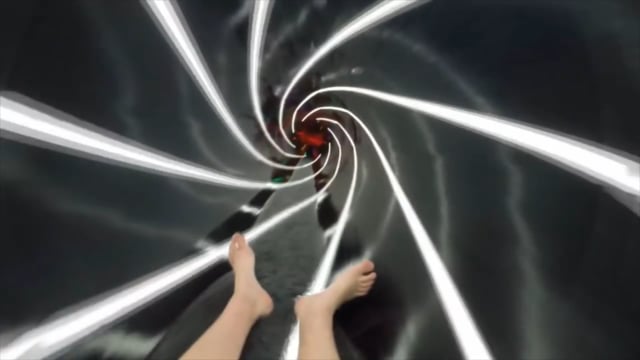I observed with happiness that certain Erewhonians had decided to grow closer to animals, to share bonding moments with them.
](/site/assets/files/1040/capture_decran_2019-05-05_a_13_55_14.1400x976.jpg)
Everywhere I saw striking scenes of joy between the most diverse species. It appeared that the commonly accepted differentiations in the past between animals, plants, and humans had ceased to exist, or that at least humans had put into practice everything they could to be closer to animals and plants.
](/site/assets/files/1040/maxresdefault.1400x788.jpg)
A little while ago no one would admit that animals had intelligence. This is now conceded. At any rate, then, vegetables had no intelligence. Even now this is being denied. [...] At any rate, then, the inorganic world has not got an intelligence. Even this is now being denied. The divisions between varieties, species, genus all gone; between instinct and reason, gone; between plants and animals, gone; between man and the lower animals, gone; so, ere long, the division between organic and inorganic will go and will take with it the division between mind and matter. – The Notebooks of Samuel Butler (1835-1902)
](/site/assets/files/1040/the-north-eart-today-1.1400x933.jpg)
Wholly charmed by these effusions, I suddenly witnessed an incredibly different spectacle, one that moved me greatly. I discovered that there were giant prisons of sorts, configured as horrible factories in which thousands of pigs, chickens, cows, and all sorts of animals were locked up in the most miserable conditions. How was this contradiction possible? How could the Erewhonians devote themselves to sensual games with animals and, at the same time, treat them as though they were dispossessed of the most basic feelings?
The mere acts of feeding and growing are acts of persecution. Man is the only animal that can remain on friendly terms with the victims he intends to eat until he eats them. – The Notebooks of Samuel Butler (1835-1902)
](/site/assets/files/1040/fpbrmini.1400x931.jpg)
Here cruelty had reached an inexplicable degree. Had Erewhonians lost all form of sensibility to construct such environments? In truth, except for the animals that were tortured there, I didn't see any living beings. These locations, intended to gather food for humans, were entirely maintained by machines and software.
](/site/assets/files/1040/170905-uk-cafos-top1-1200x800.1400x933.jpg)
As pointed out by Samuel Butler, from the very beginning of their development Erewhonians adopted a curious conception of feeding. This was an essentially spiritual process for them. Of course, everyone will agree, the body absorbs its food (or most of it). It transforms the food's matter into its own. But for Erewhonians, this entirely material way of seeing it would be abstract. They would respond by saying that we are not just bodies, but also spirits. And it is also with the spirit that we eat. By digesting, we impose our spirit, which is to say our point of view and opinions, on what we are eating. We convert it into a human way of seeing: cows in the field, pigs in the pen, vegetables in the garden, and fruit on trees submit to our humanity when they enter our mouths.
](/site/assets/files/1040/1_0tkw73pi3tbrdvoyjidv2w_1.1400x931.jpeg)
Cow milking robot in action 3D camera and Kuka Robot using OpenCV
Allflex Livestock Intelligence, Allflex SenseHub™- Slovakian, 2018
BFK 2016, Lely Juno 100 150 Dutch Holland, 2016
JH AGRO, JH Distribution d’alimentation automatisée - pailles et sciures dans les logettes, 2016
JH AGRO, JH Distribution de fourrage automatisé, 2016
Une vache qui aime les câlins et un homme qui aime les vaches !, 2016
Fondation 30 Millions d'Amis, Heidi, la vache la plus câline du web, 2016
Barkha Patel, BUNNY YOGA!!!!!, 2017
Simon Pipart, Calin Vache, 2017
Ben the Pig, Pig Massage, 2015
Karen Hahn, Grady Goat Yoga - Release the Goats!, 2018
Whispering Rise Farm & Animal Sanctuary, Inc., Yoga with the Pigs at Whispering Rise, 2017
Chris Del, Gratouilles aux cochons de Sasha Farm avec Gary Yourofsky, 2015
Miru Kim, Naked woman with pigs, Mud Bath, Miru Kim at Łódź Biennale, 2010
Pet Hans, Reporter takes a muddy bath, 2016
 Chapitre 6
Chapitre 6 Chapitre 8
Chapitre 8